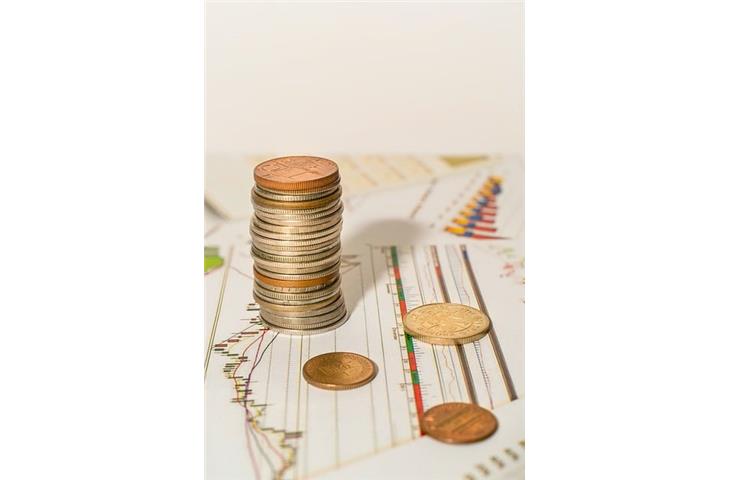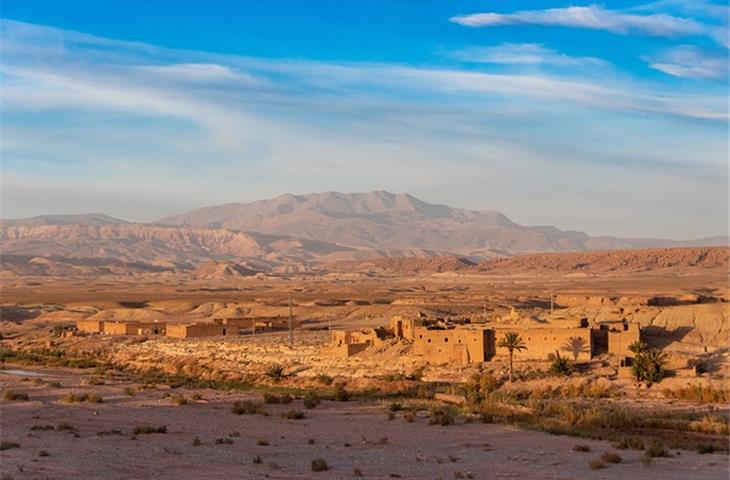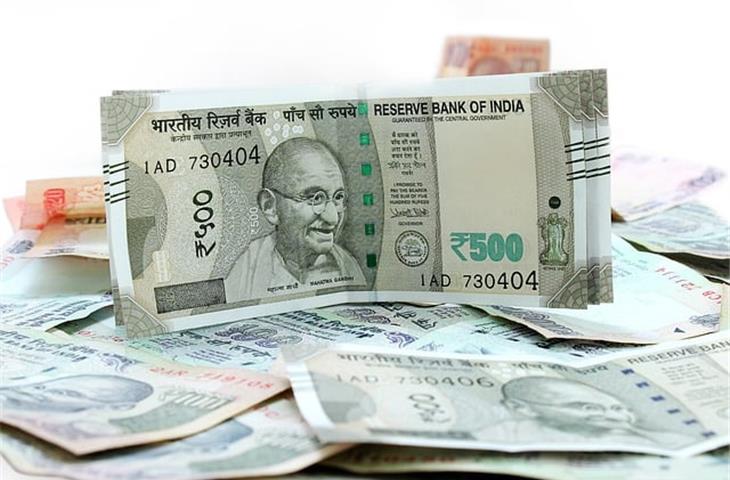The magnitude between the UAE Dirham and Nepali Rupees exchange rate plays an imperative role in determining transactions executed across these currencies. This dynamic fluctuates routinely, influencing subjects such as financial planning, investment strategies, and even routine transactions. Let us explore four fundamental aspects pertinent to grasping and leveraging this exchange rate.
1. Impact on Voyagers

Travelers bound for the UAE or Nepal frequently confront the urgent necessity to transmute their native currency into the local unit of their destination. Grasping the exchange rate during journey preparation can significantly modify the overall expense and worth of the excursion. This segment will probe the consequences of volatile rates on travel budgets and furnish handy guidance for voyagers to procure optimal savings.
2. Business Transactions

Organizations operating in both the UAE and Nepal, currency exchange rates assume paramount significance in terms of pricing, budgetary allocation, and revenue forecasts. This section will highlight the significance of observing exchange rates for business transactions, and the potential ramifications on profitability resulting from these fluctuations.
3. Investment Opportunities

Investors scouting for prospects in the UAE or Nepal invariably contemplate the currency exchange rate when formulating decisions. This discourse will scrutinize how the exchange rate between the UAE Dirham and Nepali Rupees can sway investment strategies and the potential hazards linked to currency fluctuations.
4. Daily Transactions and Remittances
Individuals transferring funds from one nation to another, or procuring items online, necessitate awareness of the exchange rate to secure the most beneficial transaction value. This segment will address prevalent scenarios involving daily transactions and remittances, and how the exchange rate can influence the ultimate sum received.
1. Impact on Voyagers
Voyagers yearning to explore the UAE or Nepal often find themselves at the whim of the exchange rate between the UAE Dirham and Nepali Rupees. An advantageous rate can delineate the distinction between a comfortable journey and a financially draining experience. For instance, a traveler envisaging a month-long sojourn to the UAE might discover that a robust Dirham can substantially diminish the expenditure on accommodation, sustenance, and activities. Conversely, a feeble Dirham can precipitate escalated expenditures, potentially compelling travelers to economize or prolong their stay to stretch their finances further.
To circumvent this predicament, voyagers can derive advantage by monitoring the exchange rate preceding their departure. They can employ online currency converters to approximate costs and strategize their spending. Furthermore, voyagers may find it advantageous to exchange a fraction of their currency prior to departure, as the rate at the airport or local currency exchange bureaus might not be as advantageous.
2. Business Transactions
For enterprises with operations in both the UAE and Nepal, the exchange rate serves as a crucial element of their fiscal strategy. Organizations need to factor in the rate when pricing products or services, overseeing inventory, and budgeting for operations. For instance, a firm importing goods from Nepal to the UAE may discern that a robust Dirham renders their products dearer in the local marketplace, potentially culminating in diminished sales and revenue.
To mitigate the risks associated with currency fluctuations, organizations can adopt hedging strategies. This entails securing a rate for future transactions, thereby safeguarding against abrupt shifts in the exchange rate. Moreover, organizations can keep tabs on economic indicators and market trends to make well-informed decisions regarding their financial strategies.
3. Investment Opportunities
Investors hunting for opportunities in the UAE or Nepal must contemplate the exchange rate between the two currencies. For instance, if an investor is contemplating investing in real estate in the UAE, a robust Dirham might inflate property prices, whereas a weak Dirham could present a superior buying opportunity. Similarly, investing in the Nepali equity market may necessitate the investor to convert their Dirham into Rupees, and the exchange rate will directly influence the value of their investment.
When evaluating investment opportunities, it's vital to execute comprehensive research and seek counsel from financial advisors. Comprehending the potential risks and rewards associated with currency fluctuations can assist investors in making judicious decisions that align with their financial objectives.
4. Daily Transactions and Remittances
